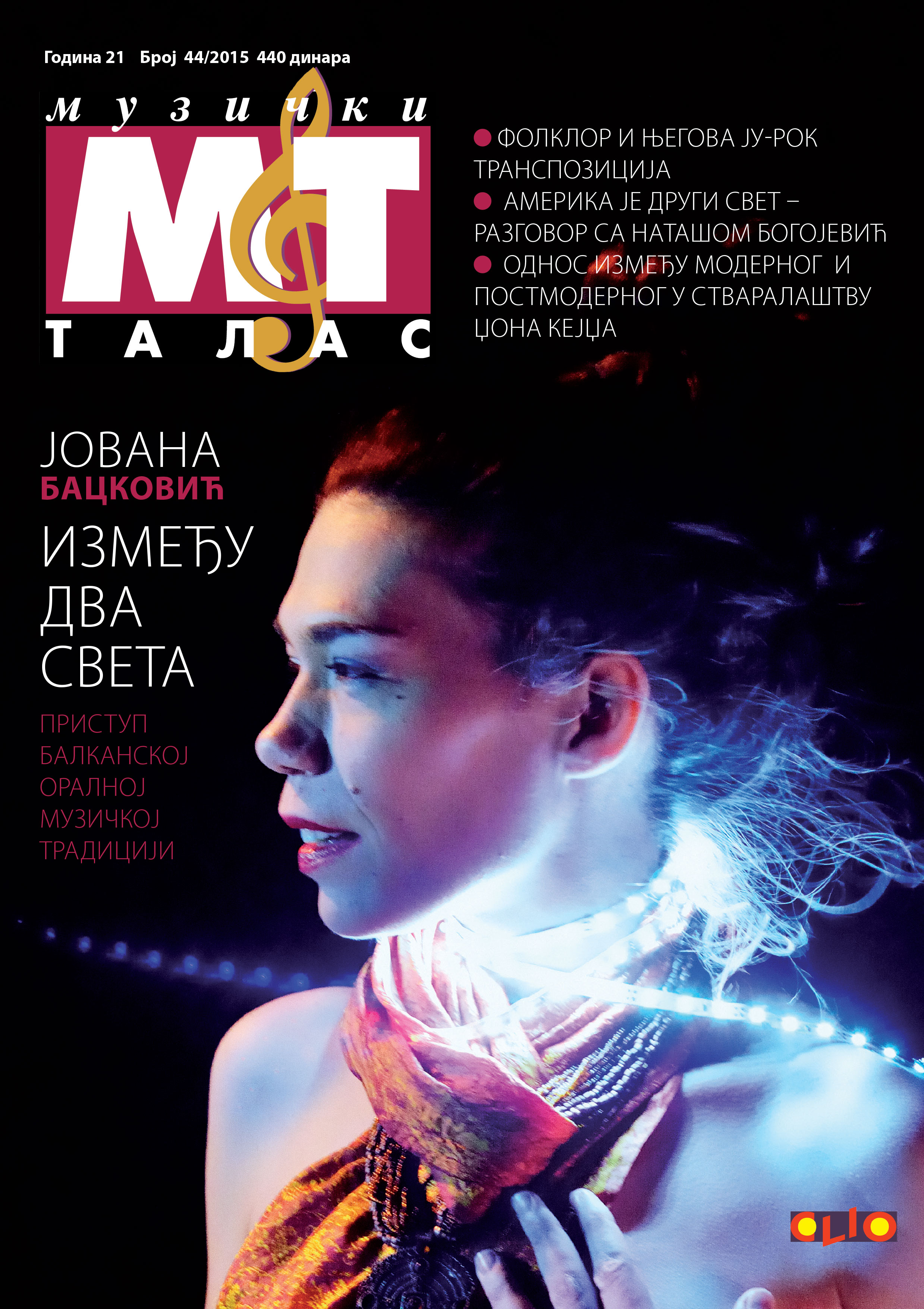ОДНОС ИЗМЕЂУ МОДЕРНОГ И ПОСТМОДЕРНОГ У СТВАРАЛАШТВУ ЏОНА КЕЈЏА НА ПРИМЕРУ ДЕЛА HPSCHD
THE RELATION BETWEEN MODERNISM AND POSTMODERNISM IN JOHN CAGE’S CREATIVE OUTPUT, USING THE EXAMPLE OF HIS THE WORK HPSCHD
Author(s): Katarina KostićSubject(s): Music, Visual Arts
Published by: Izdavačko preduzeće CLIO
Keywords: modernism; postmodernism; multimedia; happening; utopia; canon; Thoreau; Fuller; Artaud; HPSCHD
Summary/Abstract: In this study I have tried to emphasise the deflection that occured in the Cage’s creative practice since the fifties – the shift from musical medium towards performing and theatrical work. The study introduces Cage’s body of work by placing it in the turbulent creative decades at the beginning of the 20th century, then offering short chronological overview of the development of his compositional practices and theoretical works. Beginning with composer’s discovery of rhytmic structure as an open, neutral frame for the content of work, the study goes on to explore his engagement in relativization of the relation between sound and silence, the usage of chance operation and shifting the focal point of his interest towards indeterminate of the composition in relation to its performance and concludes with the notion and creation of the work of art not as an object but as a process. The following part of the study deals with Cage’s insight in misplacement of the classical notion of music medium in terms of composition and performance into the wider frame of making an artist’s and a concious being’s life a theatre. The study also explores the relativization of the notion of boundary between creating and living.Considering his piece from 1969, HPSCHD, as the focal point of my analysis/case study, I have explored those artistic and theoretical development patterns, as well as social and political aspects of Cage’s creative work, which are always inextricably bound to his specific creative production. I have also tried to prove the hypothesis of coexistence of modern and postmodern features in Cage’s creative work, focusing on the piece mentioned, which, in this specific field of my research, stands out as paradigmatic, due to the oppulence of its many aspects.
Journal: Muzički talas
- Issue Year: 21/2015
- Issue No: 44
- Page Range: 50-63
- Page Count: 14
- Language: Serbian
- Content File-PDF

